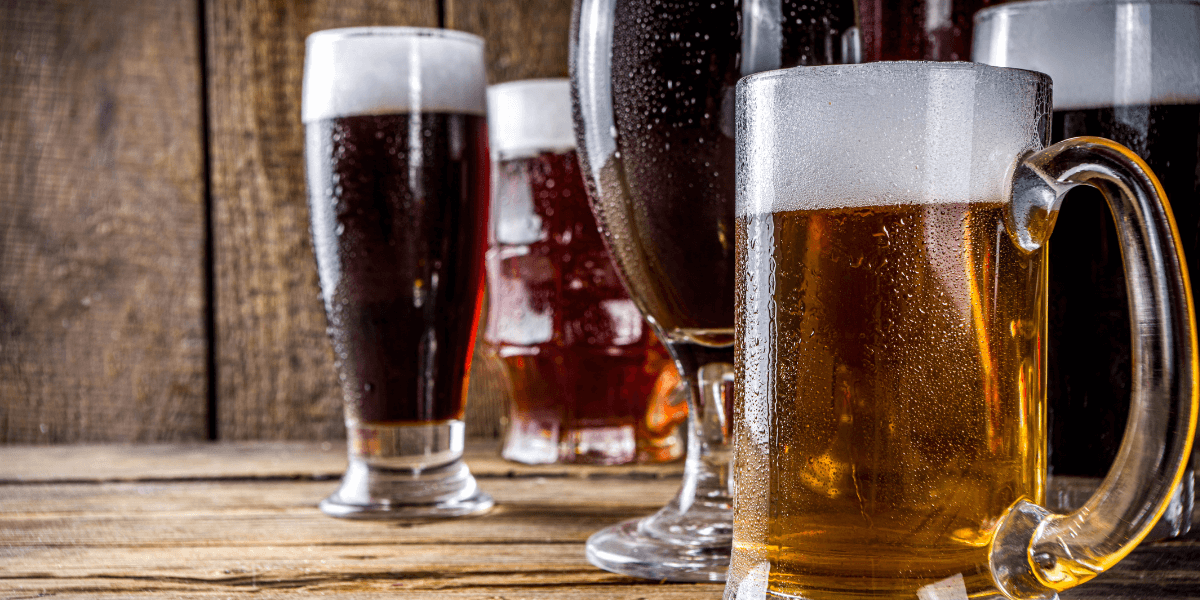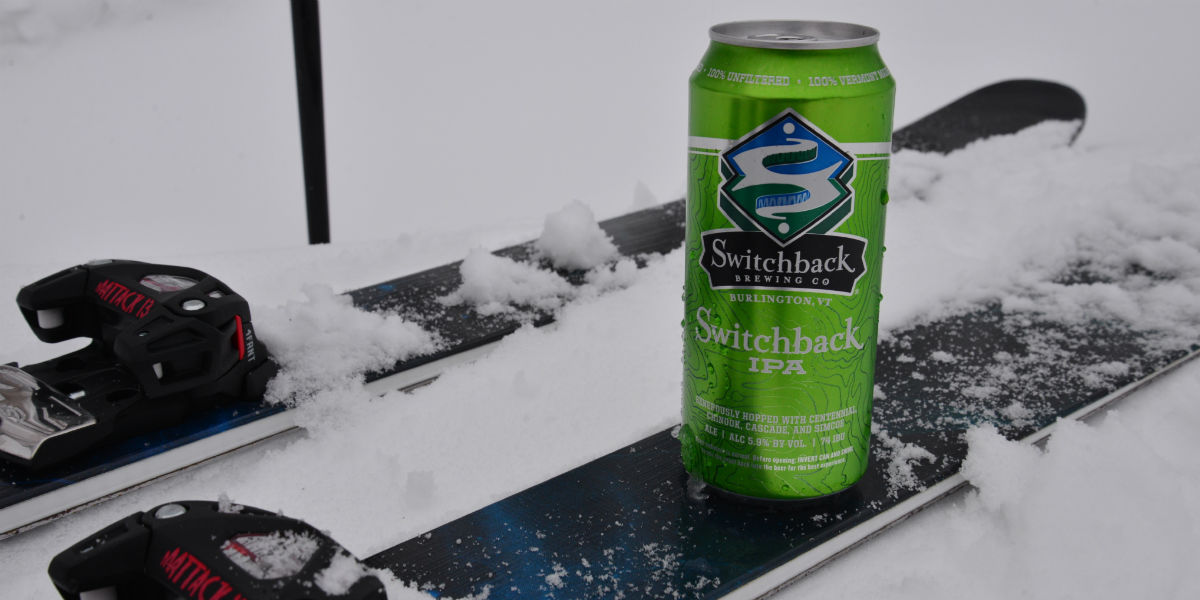
As a homebrewer, experimenting with different styles of beer is one of the most exciting aspects of the craft. One of my favorite styles to brew is the New England IPA, or NEIPA, and a recipe that’s always been a hit with friends and fellow brewers is the Haze for Daze NEIPA recipe. This recipe delivers all the juicy, hazy goodness that defines a great New England IPA—soft mouthfeel, vibrant hop aromas, and just the right amount of bitterness. In this article, I’ll walk you through everything you need to know to brew this delicious beer, from selecting the right ingredients to the step-by-step brewing process.
Why Brew the Haze for Daze NEIPA Recipe?
The first time I tasted a New England IPA, I was hooked. The hazy appearance, the tropical fruitiness, and the smooth, almost creamy texture were unlike anything I had experienced with traditional IPAs. What makes the Haze for Daze NEIPA recipe particularly special is how it showcases hop flavor without the intense bitterness that often characterizes other IPA styles. In a NEIPA, the bitterness is toned down, letting the juicy flavors shine through.
The key to brewing a great NEIPA is getting the balance just right. The hops play a huge role, but so do the grains and the yeast. The Haze for Daze NEIPA recipe I’ll share here takes a deep dive into those ingredients, and I’ll explain why each element contributes to creating that perfect New England IPA experience.
Understanding the Ingredients in the Haze for Daze NEIPA Recipe
To make sure you’re brewing the Haze for Daze NEIPA recipe to perfection, it’s essential to understand the role of each ingredient. Here’s what goes into the recipe:
Grains and Malt Bill
The foundation of any good beer lies in the grain bill. For this recipe, I use a combination of pale malt, oats, and wheat. The pale malt provides the base, giving the beer its alcohol content, while the oats and wheat help create that signature hazy, smooth mouthfeel. The oats, especially flaked oats, add a creamy texture that sets NEIPAs apart from other IPAs. The wheat malt brings a subtle bready sweetness that rounds out the flavor.
Hops for the Haze for Daze NEIPA Recipe
Hops are where the magic really happens in this recipe. For the Haze for Daze NEIPA recipe, I use a blend of Citra, Mosaic, and Simcoe hops. These hops are known for their tropical and citrusy characteristics, which are crucial to achieving the fruity, juicy profile that’s central to this style. The hops are added in two stages: late additions during the boil and dry hopping after fermentation. Late additions allow the hops to contribute more aroma and flavor without adding too much bitterness. Dry hopping gives the beer that intense hop fragrance and tropical fruit flavor that make this recipe stand out.
Yeast
Choosing the right yeast strain is crucial when brewing a NEIPA. For the Haze for Daze NEIPA recipe, I prefer using Wyeast 1318 London Ale 3 yeast. This yeast is known for its ability to produce fruity esters, which are a hallmark of the New England IPA style. It works well in the higher fermentation temperatures typical of this beer, helping to enhance the juicy, fruity character of the hops.
The Brewing Process for the Haze for Daze NEIPA Recipe
Now that you understand the key ingredients, let’s get into the brewing process. Here’s a detailed guide to brewing the Haze for Daze NEIPA recipe.
Ingredients for the Haze for Daze NEIPA Recipe
- 8 lbs Pale Malt (2-Row)
- 2 lbs Oats (Flaked or Malted)
- 1 lb Wheat Malt (Flaked or Malted)
- 0.5 lbs Munich Malt
- 1 oz Citra (for whirlpool)
- 1 oz Mosaic (for whirlpool)
- 1 oz Galaxy (for dry hop)
- 1 oz Citra (for dry hop)
- 1 oz Simcoe (for dry hop)
- 1 package London Ale 3 (Wyeast 1318)
Mash and Boil Process
Step 1: Mash In
Heat your mash water to around 156°F (69°C) and add your crushed grains. Allow the mash to rest for around 60 minutes, making sure to stir the grains occasionally to avoid clumping. This step is essential for converting starches into fermentable sugars, which will be transformed into alcohol later in the fermentation process. The flaked oats and wheat in the grain bill will give the beer a full body and contribute to its hazy appearance.
Step 2: Sparging and Boiling
Once the mash is complete, sparge the grains to collect the wort. The sparging process ensures you get the most sugar out of the grain bed. Bring the wort to a boil, and once it starts boiling, add the hops—Citra and Mosaic. I recommend adding these hops late in the boil (around 10-15 minutes before the end) to extract the maximum aroma without adding too much bitterness.
Step 3: Chilling the Wort
After the boil, quickly chill the wort to around 65°F (18°C) using a wort chiller. This is important for avoiding off-flavors and ensuring the yeast works at its optimal temperature during fermentation.
Step 4: Fermentation
Transfer the chilled wort into your fermenter and pitch the yeast. Keep the fermenter at a consistent temperature of around 65°F (18°C) during fermentation. This will usually take about 7-10 days. The fermentation process will produce the fruity esters that make this beer so unique, and by the end of fermentation, the beer will be ready for dry hopping.
Step 5: Dry Hopping
Once fermentation is complete, add the dry hops—Citra, Simcoe, and Galaxy. Dry hopping is a crucial step in the Haze for Daze NEIPA recipe because it enhances the aroma and helps create that intense hop profile. Allow the hops to steep for about 4-7 days, depending on how strong you want the hop aroma to be.
Step 6: Packaging and Carbonation
Once dry hopping is done, it’s time to package the beer. If you keg, you can naturally carbonate it by adding a small amount of priming sugar. For bottling, make sure to add the right amount of priming sugar to achieve the desired carbonation level (usually 2.5 volumes of CO2). Allow the beer to carbonate for a few weeks before serving.
Tips for Brewing the Best Haze for Daze NEIPA Recipe
- Fresh hops are key: Make sure to use fresh hops, as their quality significantly affects the beer’s aroma and flavor.
- Control fermentation temperature: Keep the fermentation temperature steady to allow the yeast to produce the right esters without introducing off-flavors.
- Experiment with hop combinations: While this recipe calls for Citra, Mosaic, and Simcoe, don’t be afraid to experiment with other hops to create your own unique twist on the Haze for Daze NEIPA recipe.
Conclusion
Brewing the Haze for Daze NEIPA recipe has been one of my most rewarding experiences as a homebrewer. It’s the perfect beer for anyone who loves juicy, flavorful, and aromatic IPAs. By using the right grains, hops, and yeast, you can craft a beer that is both refreshing and full of character. The process may seem a bit involved, but the end result is well worth the effort. I highly recommend giving this recipe a try, and I’m sure it’ll become one of your go-to brews!




